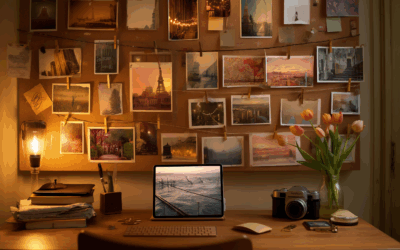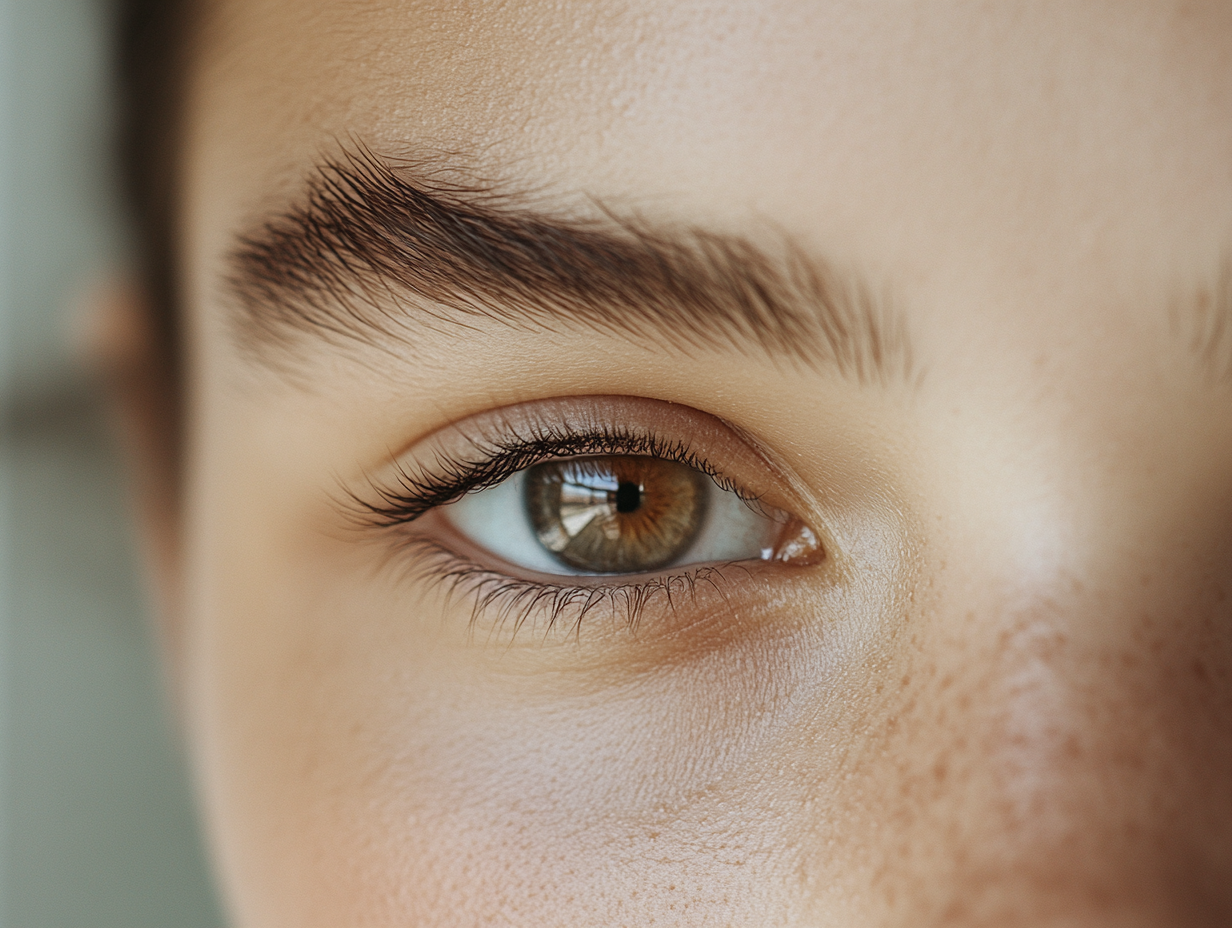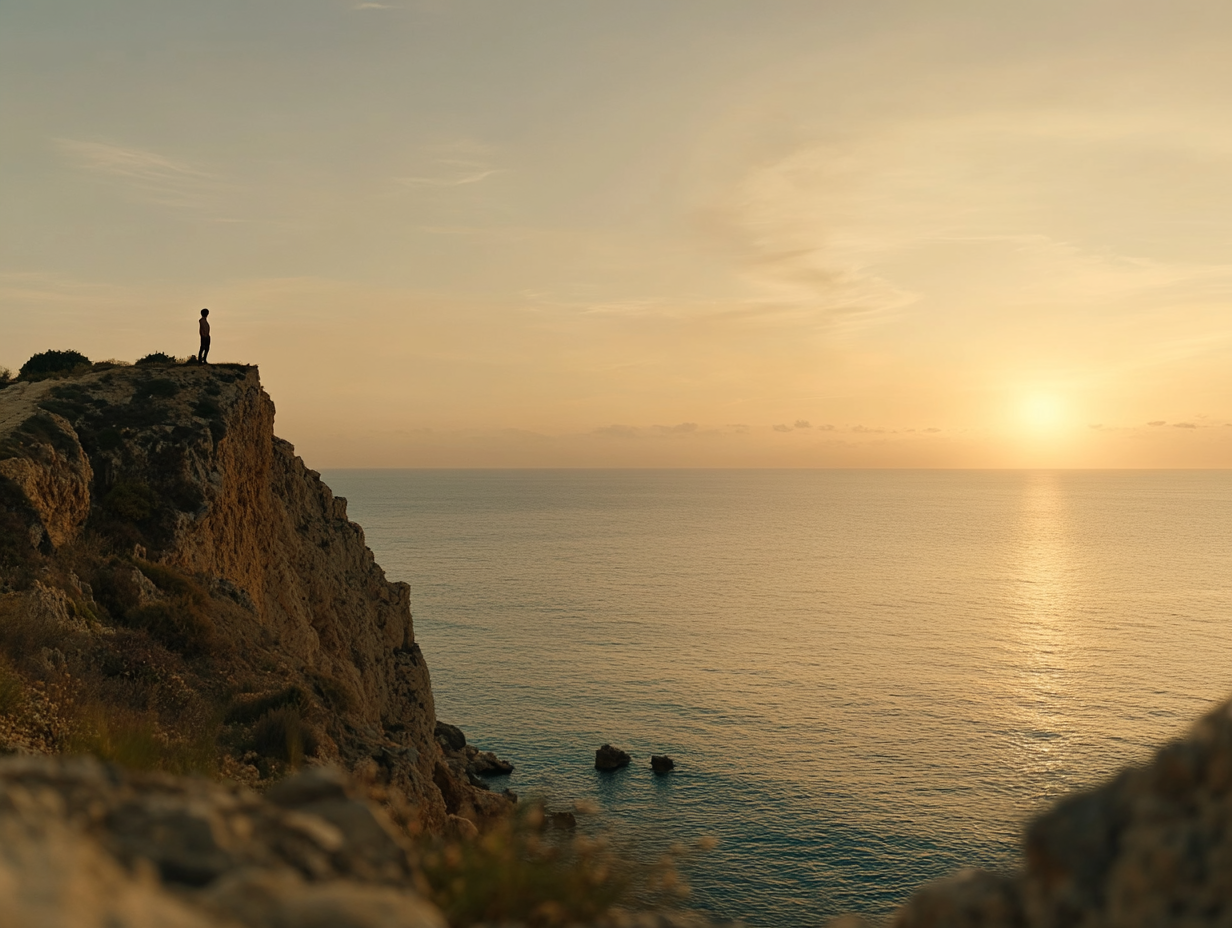Mastering Contrast in Black and White Photography
Introduction
Black and white photography has a timeless allure, capturing the essence of subjects through the interplay of light and shadow rather than relying on colour. This art form emphasises composition, lighting and contrast—elements that can elevate a photograph from ordinary to extraordinary. In this guide, we’ll explore techniques to master black and white photography composition, lighting and contrast.
The Art of Black and White Photography Composition
Understanding Composition Principles
- Rule of Thirds: Divide your frame into a 3×3 grid and place key elements along lines or intersections for balanced impact.
- Leading Lines: Use roads, fences or architectural lines to guide the viewer’s eye to your main subject.
- Framing: Incorporate natural or architectural frames—doorways, windows or branches—to add depth and context.
Creating Depth and Dimension
- Foreground, Midground & Background: Layer elements to build a sense of space—a close-up object, a subject in the midground and distant textures.
- Negative Space: Embrace empty areas to isolate your subject and evoke mood.
Balancing Elements
- Symmetry: Perfect for formal, harmonious compositions.
- Asymmetry: Introduces tension and visual interest by offsetting elements.
Mastering Lighting in Black and White Photography
The Role of Natural Light
- Soft vs Hard Light: Soft light (golden hour, overcast) yields gentle shadows; hard light (midday sun, strobes) creates stark contrast.
- Best Times of Day: Early morning and late afternoon cast long shadows, enhancing texture and tonal range.
Artificial Lighting Techniques
- Flash & Continuous Lights: Use off-camera flash for dramatic side-lighting or continuous LEDs for controlled ambience.
- Shadows & Highlights: Deliberately deepen shadows or clip highlights to sculpt form and mood.
Lighting Equipment Essentials
- Reflectors: Bounce light to fill shadows and reveal detail.
- Diffusers: Soften harsh beams for more even tonality.
- Light Meters: Measure precise exposure values to preserve your intended contrast.
Enhancing Contrast in Black and White Photography
Understanding Contrast
Contrast is the difference between the lightest and darkest parts of an image. In monochrome, it shapes mood—high contrast for drama, low contrast for subtlety.
Techniques for Maximising Contrast
- Tonal Range: Compose to include deep blacks, bright whites and mid-tone gradations.
- Highlights & Shadows: Expose for highlights and let shadows fall into deep blacks when appropriate.
Post-Processing for Better Contrast
- Contrast Slider: In Lightroom or Photoshop, use global contrast adjustments judiciously.
- Curves: Target specific tonal zones—lift shadows or tame highlights for nuanced control.
Black and White Photo Editing Techniques
Essential Editing Tools
- Lightroom: Ideal for batch processing and global adjustments.
- Photoshop: For precise local edits, layer masks and dodging-burning.
Converting Colour to Monochrome
Start with a well-exposed colour image. Use desaturation or a dedicated B&W conversion tool, then adjust HSL sliders to control how each colour maps to grey.
Final Touches
- Sharpening: Enhance edge detail without amplifying noise.
- Noise Reduction: Apply selectively in shadow areas to keep textures clean.
- Presets & Filters: Explore film emulations or custom presets for distinctive looks.
Practical Black and White Photography Tips
Shooting Techniques
- Manual Mode: Take full control of aperture, shutter and ISO to craft contrast.
- Polarising Filters: Reduce reflections and enhance tonal separation in skies and foliage.
Developing a Personal Style
- Inspiration: Study masters like Ansel Adams and Henri Cartier-Bresson to understand their use of light and form.
- Experimentation: Try unconventional angles and compositions until you find your signature aesthetic.
Building a Consistent Workflow
- Review & Critique: Regularly assess your work to refine your vision.
- Organise Files: Tag and rate your images for faster access during edits.
Conclusion
Mastering contrast in black and white photography requires attention to composition, lighting and editing. By applying these principles and techniques, you’ll create monochrome images that tell powerful stories and evoke emotion. Embrace the interplay of light and shadow, and let your creative vision shine through.
Frequently Asked Questions
Q: How do I create high-contrast black and white images?
A: Expose for highlights, deepen shadows in post-processing using curves and contrast sliders, and include bold shapes in your composition.
Q: Should I use film emulation presets?
A: Film emulations can add character, but tweak settings to avoid overly flattened mid-tones or clipped highlights.
Q: What’s the best time to shoot monochrome landscapes?
A: Golden hour and blue hour both offer dramatic light—long shadows at sunrise/sunset and cooler, ethereal tones after dusk.
Q: How can I reduce noise in dark areas?
A: Use selective noise reduction in Lightroom or Photoshop, focusing on shadow regions while preserving detail in highlights.




0 Comments